 In this episode, Richard speaks with John Espirian, technical copywriter and
In this episode, Richard speaks with John Espirian, technical copywriter and 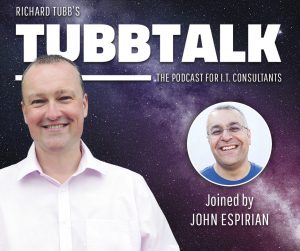
LinkedIn expert about leveraging LinkedIn for MSPs.
What should you post? How often? Should you accept those random generic connection requests? Let’s find out.
An Interview with John Espirian
John’s been working as a technical copywriter for close to a decade now but it’s only in the last few years that he’s really discovered content marketing and the power it has to drive his business forward — and LinkedIn is becoming a huge part of that.
Before Microsoft’s takeover, LinkedIn for MSPs was really only seen as a place to hang out when you were actively looking for a new job but it’s fast becoming the world’s best professional networking site. Not only is it one of John’s main vehicles for finding new clients (second only to his Google search rankings), but it’s instrumental in helping him develop his personal brand and get his content out to even more people.
In fact, John has spent so much time on LinkedIn that he’s become the go-to guy for lots of people who’re trying to get to grips with the site. He says, ‘I’m just naturally the kind of person who can’t see a button and not click it. If there’s a menu and a button I’m going to go investigate, and I like sharing the results of those little experiments.’
So when it comes to leveraging LinkedIn for MSPs, what is John’s advice on current best practice?
LinkedIn for MSPs – The Art of Connecting
If you’re in the habit of clicking the ‘connect’ button and sending out a generic message, John reckons it’s time for a rethink.
Too many people assume that you don’t need to send a personal message but imagine you’re receiving 50, 60, or even 100 connection requests a week — it takes a lot of time to go through the profiles to find out which of those connections are relevant and which are just clicking ‘connect’ on every person they see in the hopes of growing their network. Personal messages can be the difference between having your connection requested accepted or deleted, Here’s the real reason I’ve deleted your LinkedIn request.
So John’s first LinkedIn for MSPs tip is to be careful about the way you approach others and the way that you accept connection requests. ‘When I look to connect with others, I don’t try to use the connect feature straight away.’ A far more effective strategy is to look at their feed and use the ‘follow’ button. If they’re posting things that you find relevant you can eventually make the move to connecting with them. And because by this point you’ve been following them for a while, you can send a personalised connection request, saying something like, ‘I really liked what you said about x’ or ‘I noticed this in your profile’. This way you can start building a real connection more effectively than if you just send the usual generic direct message with a ‘please buy my stuff’ tacked on at the end.
Choosing your Connections Wisely
People often fall into the trap of thinking that you need to grow your network really quickly — it’s a mad dash to connect with as many people as possible. But as John points out, there’s a flaw in this approach as you end up with a lot of irrelevant content in your feed.
For him, the secret is organic growth. It’s about slowing down and building a more relevant network of people who’re actually interested in what you have to say, and hopefully what you have to sell.
He says, ‘It’s only when you start taking the time to learn about the other person, be genuinely interested in what they’ve got to say, offer them something without any expectation of return, that you start being you start being memorable and start being trusted by them.’
I often say to new connections that the best way that I can be memorable to you is to help you get work. If I can do that with a connection, they’re going to remember me for a long, long time.’ And you can’t do that if you’re sending 100 connection requests a day!
It’s also worth being choosy about which connections you accept. Some people will connect with you for completely the wrong reasons. For example, some spammers will want to connect with you, because showing that you’re connected to each other, lets them target other people and increases their perceived trustworthiness.
They can say, ‘Well I’ve got a connection in common.’ You’re not really their target, someone else is, and you’re just the stepping stone.
That’s how LinkedIn for MSPs works well.
Advice for LIONS
If you’re reading this and thinking, ‘oh dear, too late!’ you might just be a LION (LinkedIn Open Networker) — someone who connected with EVERYONE back in the day. So now you’re connected with thousands of people, most of whom you can’t remember, and your feed is full of stuff you’re just not interested in.
If that sounds like you, John recommends a LinkedIn audit. To do this, take a look at your ‘following’ list, which you can access through your profile. It gives you a grid view of the people you’re actively following and you can quickly go through the list and ‘unfollow’ anyone whose content you’re no longer interested in reading. It’s a great way of making sure your feed stays relevant. And it feels far less heavy-handed than un-connecting or blocking people!
Leveraging LinkedIn for MSPs – How Often Should you Post?
This is probably one of the most common queries from new LinkedIn users or folks who’ve been away from the site for a while. John’s says that one to two posts per week should be enough for you to start building enough content to get you noticed.
Because LinkedIn posts have a longer half-life than other social media platforms (Twitter, for example), it’s not a good idea to post too often; ‘it’s like planting two seeds close to each other – the sunlight isn’t going to reach them both.
They have a chance of affecting each other’s growth’. He recommends posting once a day at most but if you do want to post more frequently he suggests leaving a gap of at least a few hours.
And always remember that getting involved with other people’s posts is just as important.
Tips on how to Dominate the LinkedIn for MSPs Feed
John’s number one tip on what makes a good post? Avoid sales! ‘If it’s too much, ‘me, me, me,’ or if it’s too much ‘click here and sign up for so and so’ or ‘buy so and so,’ I think that will just turn people off. You need to have this ‘help first’ attitude and that’s what I recommend to everyone.’
‘It’s long been a trope in marketing that helping beats selling and I truly believe that that is the case.’
Instead of sales, think about what’s interesting, relevant, and helpful in your industry and post about that.
It’s also important to be very clear with the posts you put out. Remember that for most LinkedIn posts, you only see a little snippet of what the post is about so you have to entice people to click the ‘see more’ link to get the whole thing. Only be sure to avoid creating ‘clickbait’ headlines — readers are wise to it and will soon tune out.
Don’t neglect to format when creating your posts. John recommends writing no more than two sentences per paragraph. Don’t be afraid of white space! In fact, there’s nothing worse than being hit with a wall of text so think about ways to improve readability throughout; subheadings, all caps, or even emojis can help the scanability of your content.
Custom hashtags are also worth thinking about. They can enhance your personal brand and help your content become more searchable.
Don’t get caught up on the visuals either. LinkedIn for MSPs is the one social media platform that seems to favour text-only posts because — John reckons —it’s all about keeping people on the platform for as long as possible.
Sharing Links on LinkedIn for MSPs — What you Need to Know
John has often said that external links are like kryptonite to LinkedIn posts so how can those of you who want to drive people to your own blogs, podcasts, or other content use LinkedIn to boost your traffic and engage with people?
John has a couple of tricks up his sleeve.
First of all, he says, you could take the opinion that you just want to build authority and therefore you could post on LinkedIn text-only, using snippets of your existing content from your blog. Pull a quote out, and then expand on that in the 1300 characters or so that you’ve got, and you can do that without any links. You’re showing that you know what you’re talking about, and you’re sharing helpful information.
Secondly, you could use a crafty little workaround for sharing external links, which is to write your content without any links and publish, and then to almost immediately go and edit the content and add the link back in. This workaround this is something John calls the ‘right post edit method’. It seems to be a loophole, but one that hasn’t been plugged yet. Some tests suggest that an edited post with a link added to it might still get anywhere between 90 and 95% of the reach of a completely unedited text post. The penalty, if you like, is so minimal that it’s still worth doing.
Your third option is to republish your blog post content as a LinkedIn article. Google has changed the way that it’s indexing works so that it no longer penalises what would typically be thought of as duplicate content.
Here’s how John does it:
‘I publish on my blog first. That is always my primary source, at the end of the day, that’s the space that I control on the internet, and who can guarantee whether you can really control your social media profiles in the future?
Then, I use the Google Search Console, which is a free tool that lets you index any given page that you want, so I will immediately, upon publication, send my blog post URL through Google Search Console to say, ‘Please index this page.’
Usually, within a matter of a few hours, that blog post page then appears in the real Google index. Once that happens, you are free to republish that content on any other third-party platform.
Then you finish that LinkedIn article at the bottom with a standard bit of text that says ‘This article was first published on Tubblog or wherever, at this URL. And all of a sudden you kind of doubled your content footprint by doing very little.’
The whole idea behind this is again about building that content footprint, being the authority in your space, being the memorable person who, whenever you think of a question, has always got an answer ready and waiting to go. If you can get to that point, then you’ve got a much better chance of being the person of preference when the time comes for people to put their hand in their pocket.
Should you Use Scheduling Tools for your LinkedIn Posts?
When it comes to LinkedIn for MSPs, John isn’t a huge fan of post scheduling. One of the biggest problems with scheduling is that the first hour after publication is vital — it’s a good indicator of the overall success of a post. And if you’re not around to foster that early engagement you might lose out on the long-term success of that post.
Posting manually might not be the most convenient method for people, but depending on what your goals are, if you really want to build a proper presence on LinkedIn, it’s probably worth the effort of posting less overall but doing more manually.
Think Engagement, not Broadcasting
When it comes to establishing your authority on LinkedIn for MSPs though, there’s a lot more to it than posting your own content. Engaging with others is equally, if not more, important.
John says,
‘If you want to succeed with your own content, you’ve got to stop thinking in broadcast terms and start thinking in engagement terms. And I normally recommend for every, let’s say, one post of yours that you do, think about for commenting on four or five, even 10 other people’s posts.’
But be warned that a quick ‘like’ isn’t enough. Really you need to leave a fairly meaty comment with multiple lines, adding something that’s relevant to the debate. Of course, you’re giving value to the post you’re contributing to but you’re also benefiting from the way the algorithm works. By posting a substantial, relevant comment you may end up getting the top comment on the post so lots of people will discover you and — hopefully — decide to follow you. It’s a great way of expanding your authority, your knowledge, and your network.
As an added bonus, by commenting on things that interest you, LinkedIn will pick up on your preferences and begin showing you more relevant content.
A Quick Word About Tagging
John advises using tagging sparingly, and only when it’s highly relevant to the person you’re tagging. And never tag someone in a shameless quest for engagement.
As John says, ‘Be careful, be mindful and don’t be chasing short-term engagement because you might be damaging long-term relationships. There’s a sound bite!’
Creating a stand-out profile — advice for unicorn wranglers
LinkedIn profiles are all about snap judgements; you only have a few seconds for people to decide whether or not they want to connect with you, and potentially do business with you. So you need to get it right.
John suggests focussing first on the things that everyone is going to see whenever they look at anything you’ve done on LinkedIn, which is your headline, your summary, your banner and so forth.
‘How clear are those things? What are the calls to action? Is it clear who you’re serving and what service you’re offering? So many people try to go for a clever headline, and then you end up scratching your head and thinking, ‘what does a unicorn wrangler really do?!’ No idea! Let’s move on.’
But at the same time, you don’t want to be too boring and just put ‘manager’, which is a basic job title, because that’s not going to be memorable either. So it’s a mix between trying to dig out what your true brand personality is and clarity.
You want a profile to be proud of — it’s your professional presence. Even if you have a great-looking website, chances are people you meet when you’re out networking will look you up on social media and if you work in B2B, they’ll likely start with your LinkedIn profile. If it’s clear that you haven’t updated it in years or it’s really out of date, you do lose a bit of credibility.
It’s worthwhile spending a little bit of money or at least a little bit of time brushing up your own content so that your profile represents the professional business that you own.
If this has you thinking that your own LinkedIn profile could do with a little TLC, don’t forget that John has a huge amount of free content to help you out. Check out his Starter Guide and LinkedIn Engagement guide. Or if you fancy some one-to-one advice, he also offers profile review services — you’ll find all of John’s contact details below.
Feel free to check out his own LinkedIn profile and connect with him there to talk LinkedIn for MSPs. Just remember to write him a personalised message when you do!
Mentioned in This Episode:
- John’s LinkedIn profile
- John’s website
- John’s LinkedIn starter Guide
- John’s How to Improve LinkedIn Engagement guide
- LinkedIn Elevate
- Google Search Console
Connect with Me
- Subscribe to TubbTalk RSS feed
- Subscribe, rate and review TubbTalk in iTunes
- Subscribe, rate and review TubbTalk on Stitcher Radio
- Subscribe and rate TubbTalk on Spotify
- Follow TubbTalk on iHeartRadio
- Follow @tubblog on Twitter

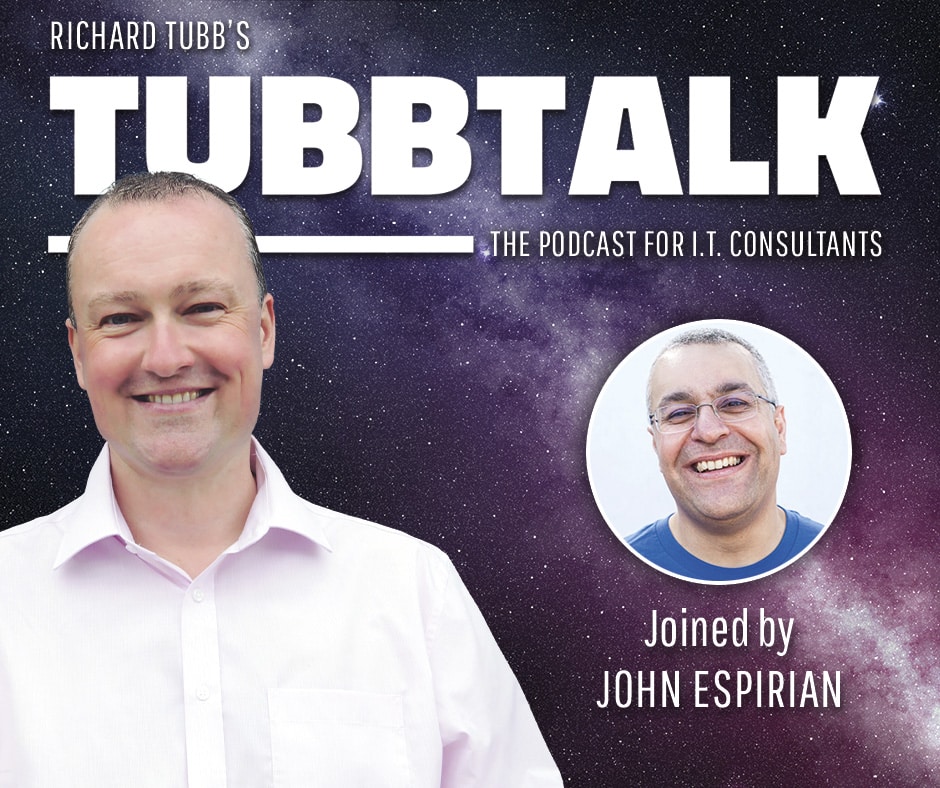
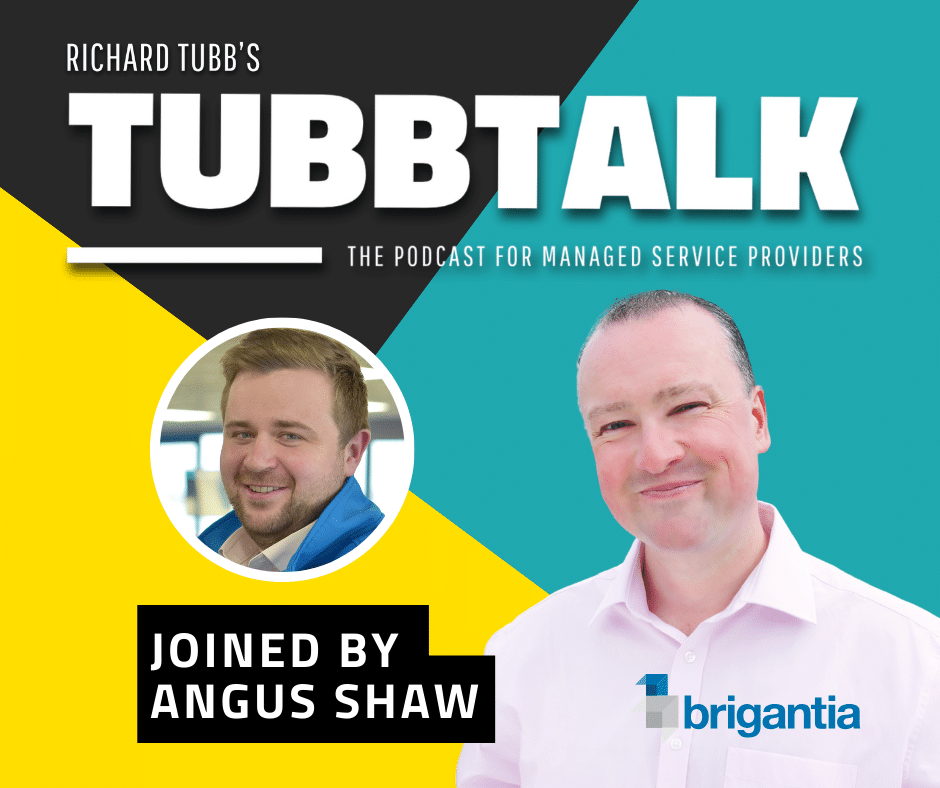
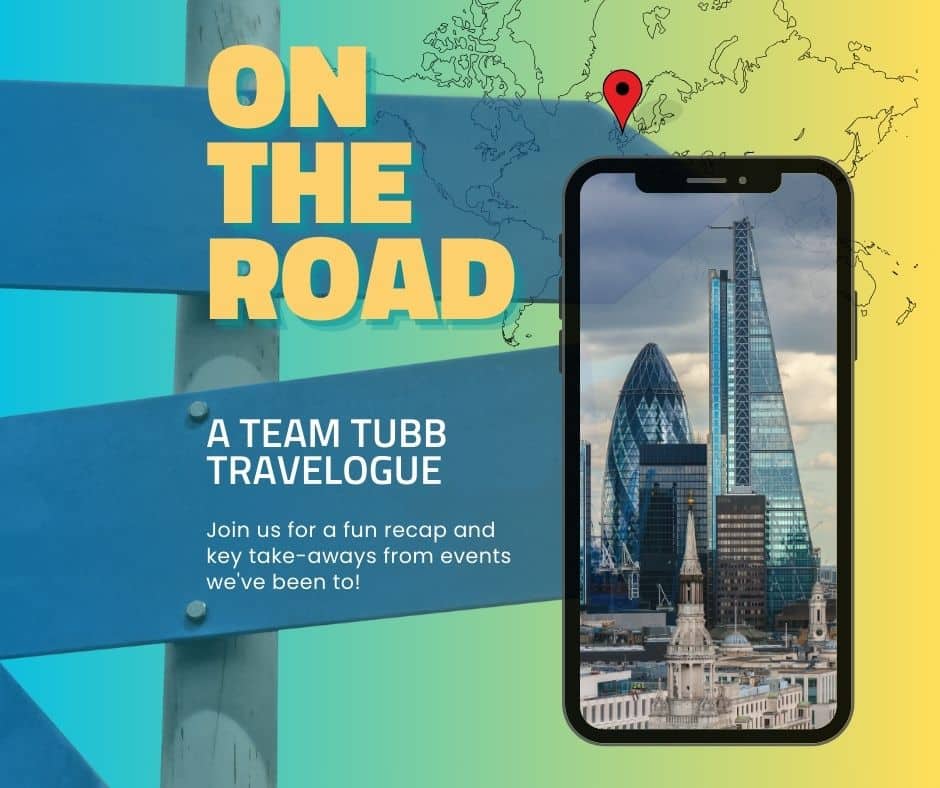
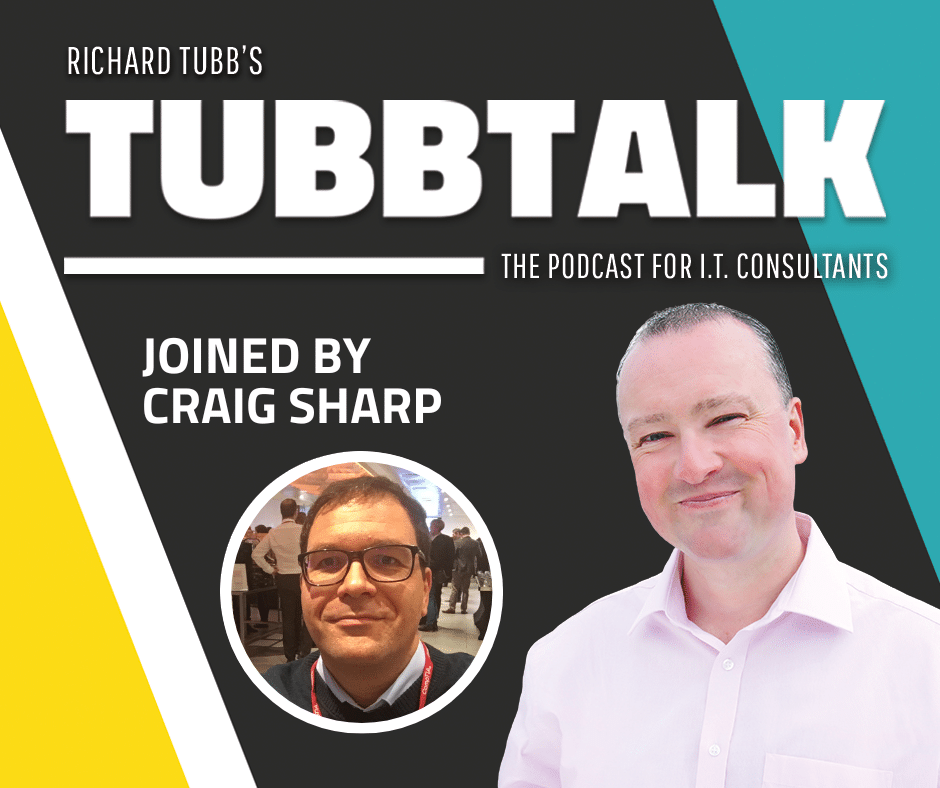
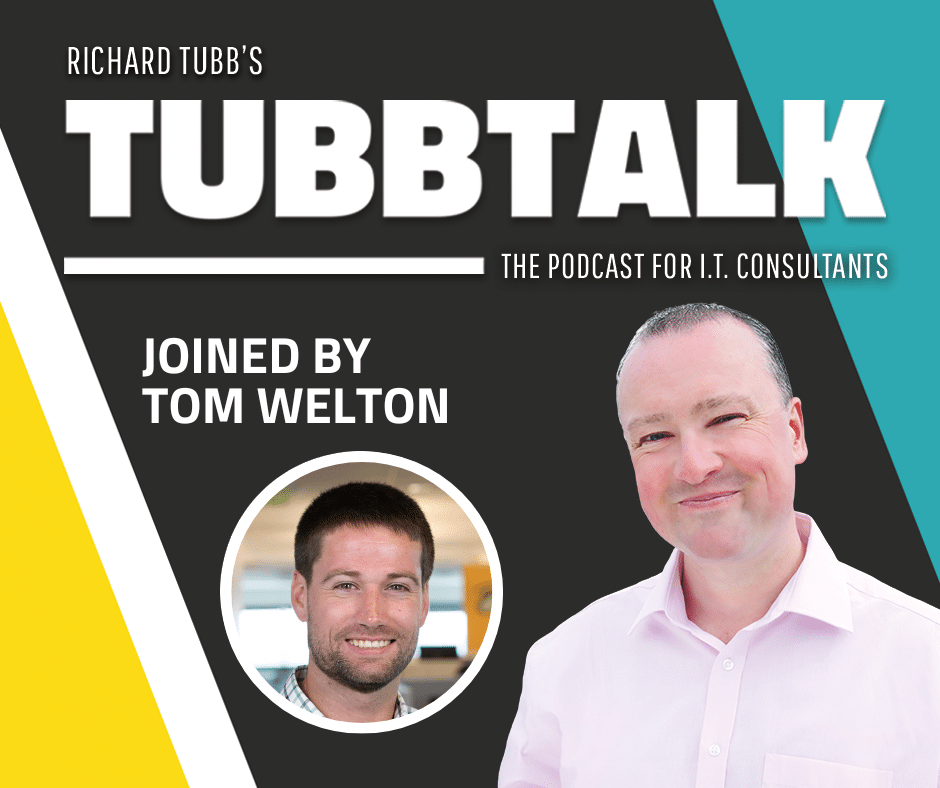
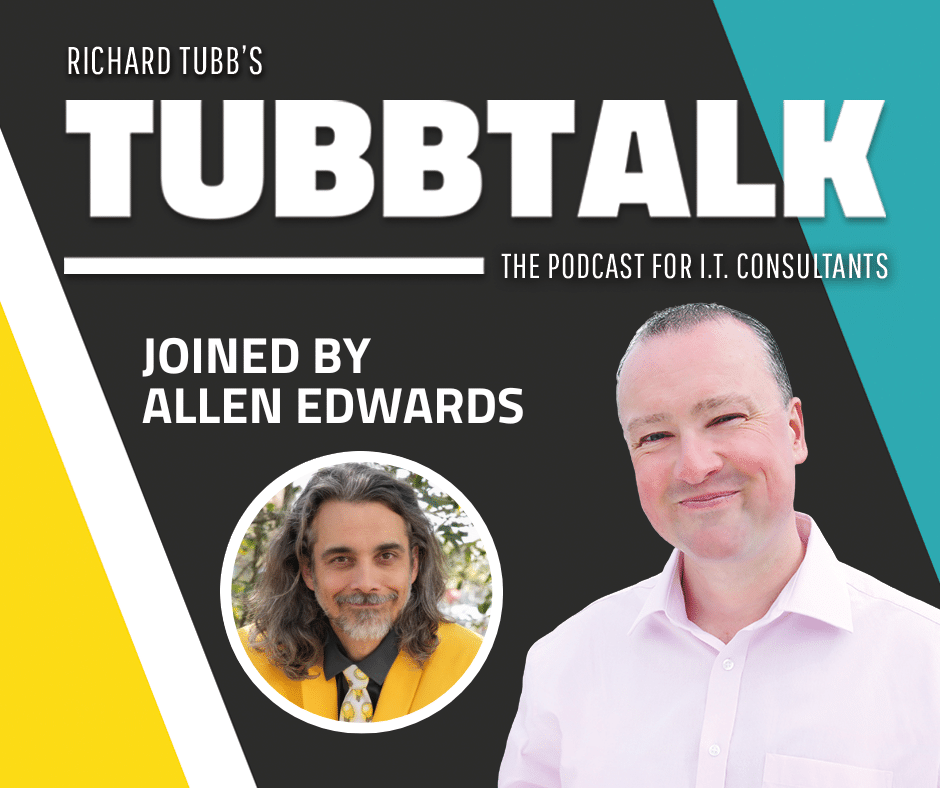
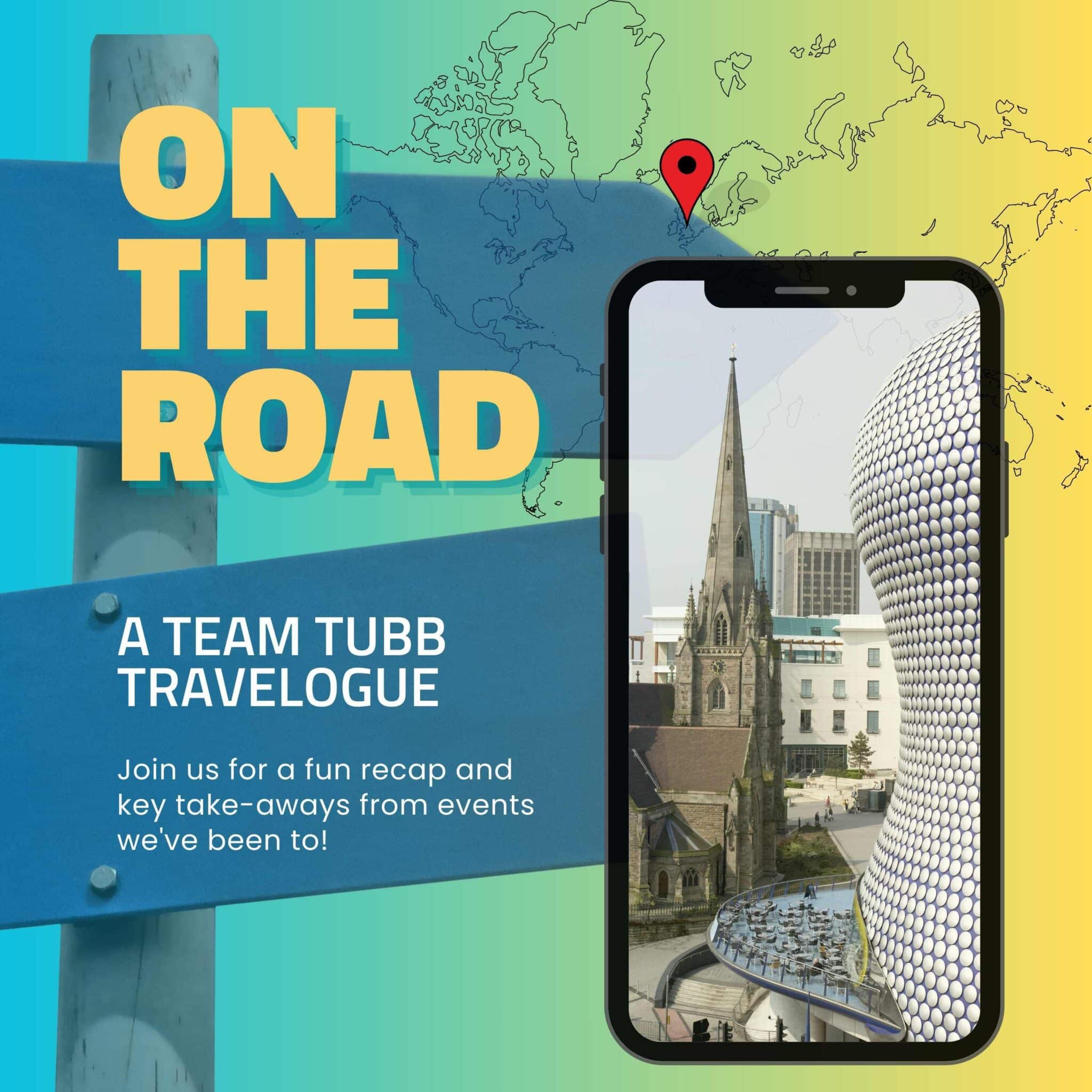
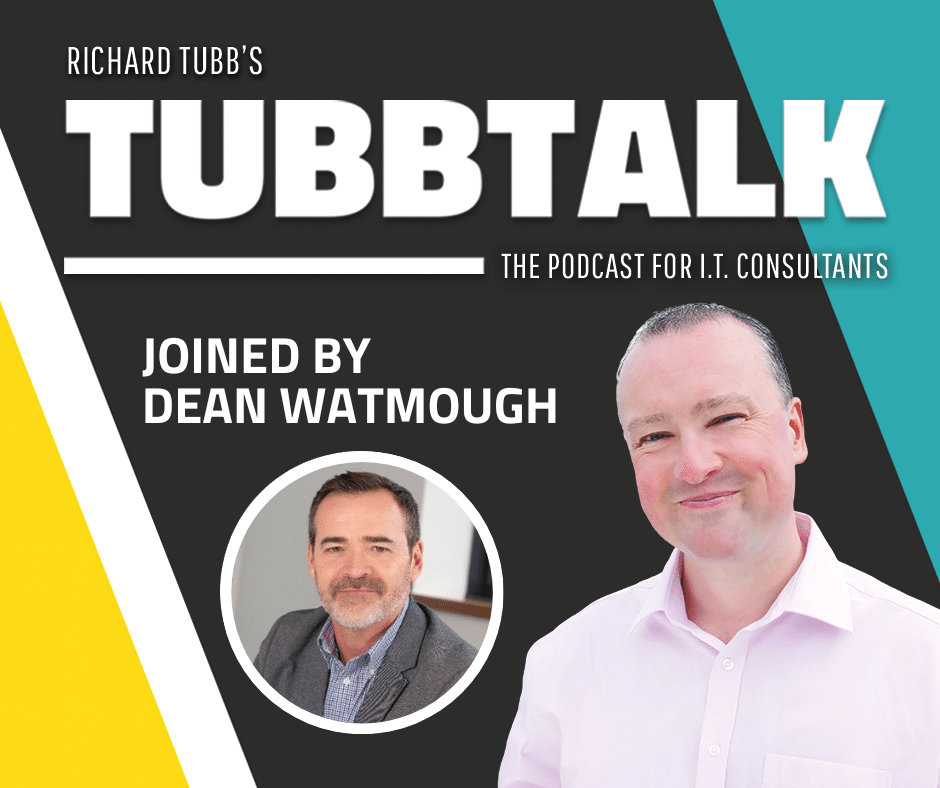
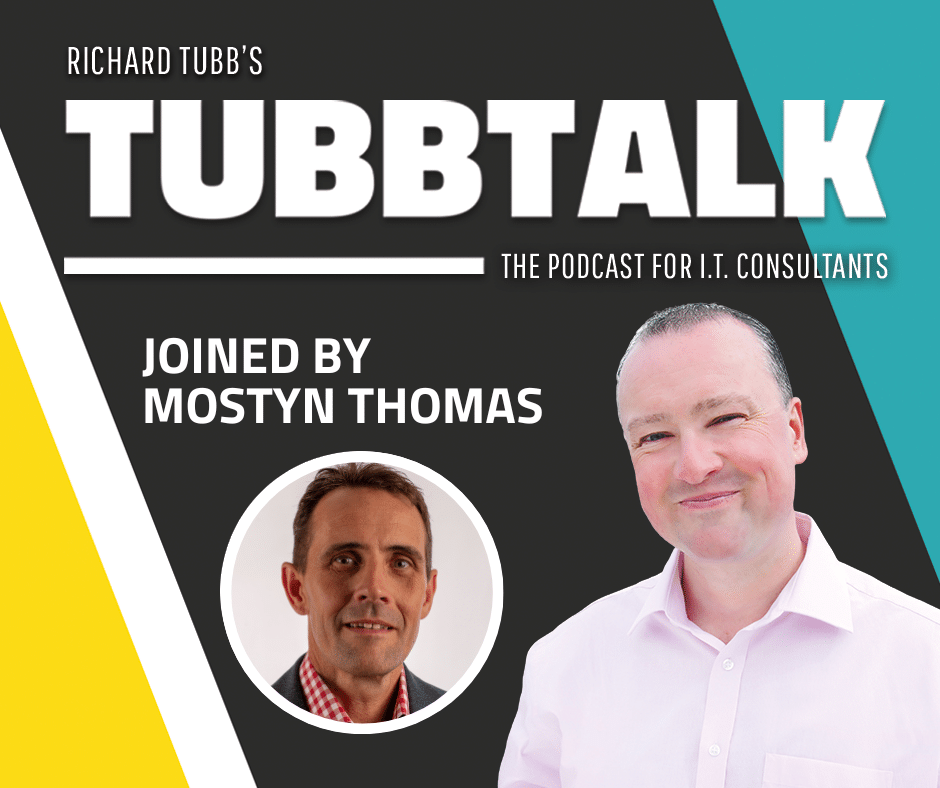
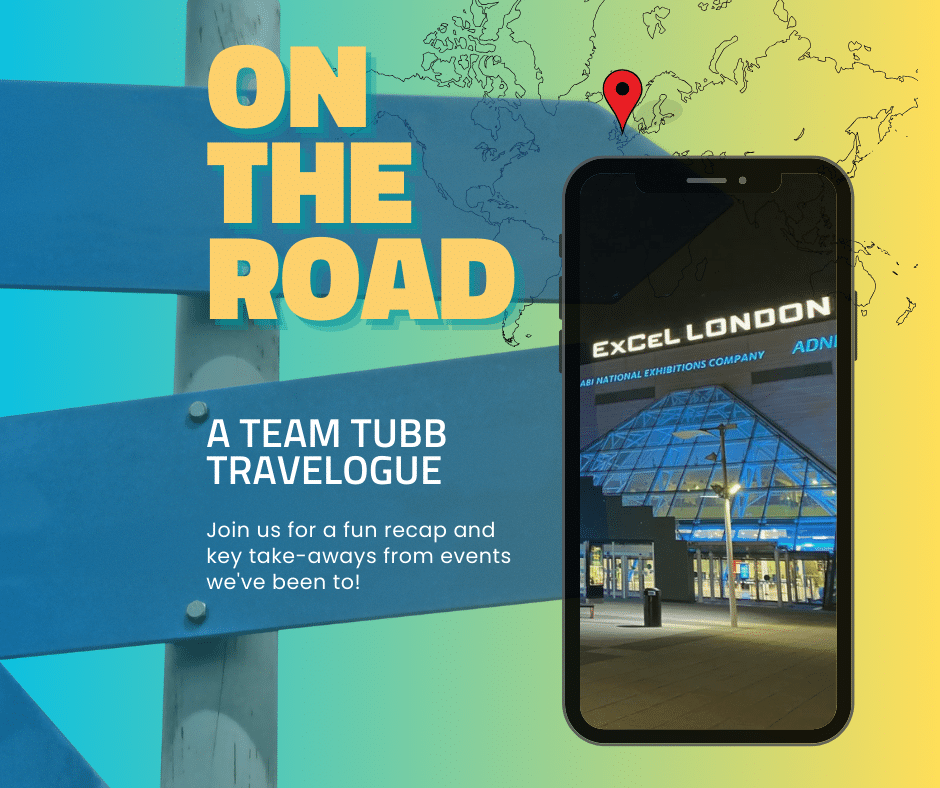
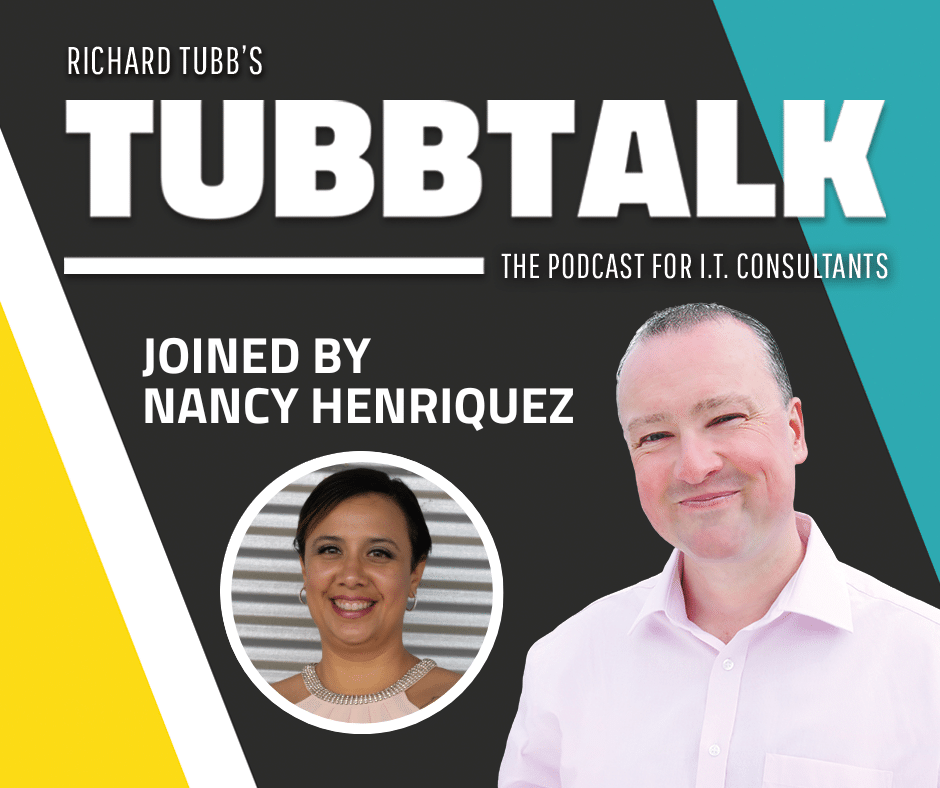
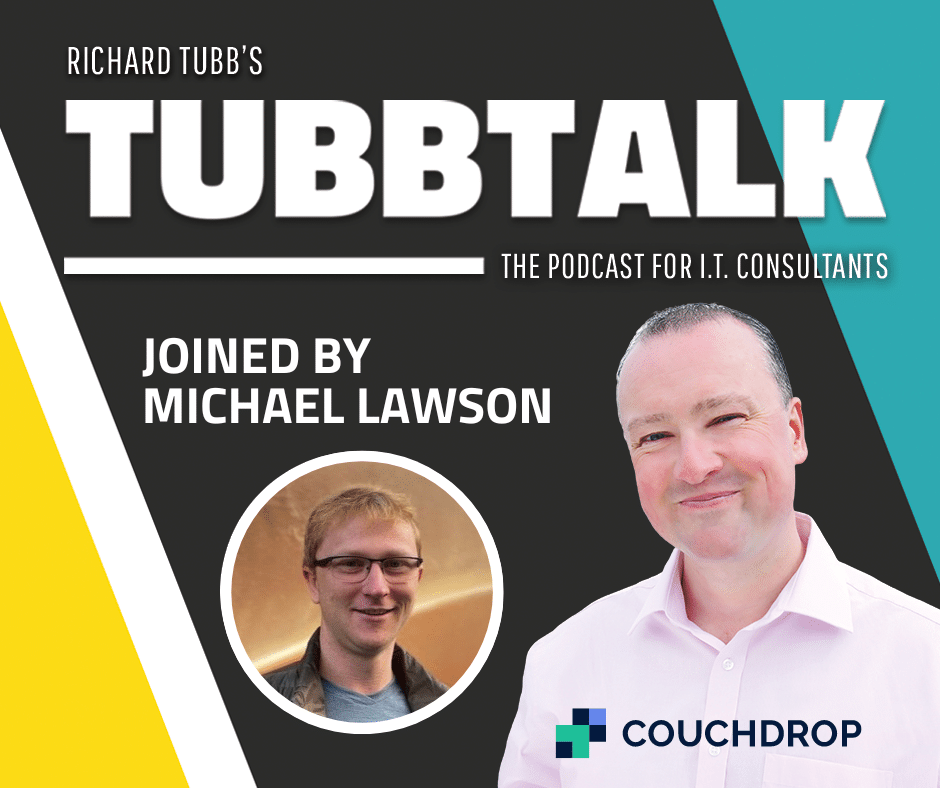
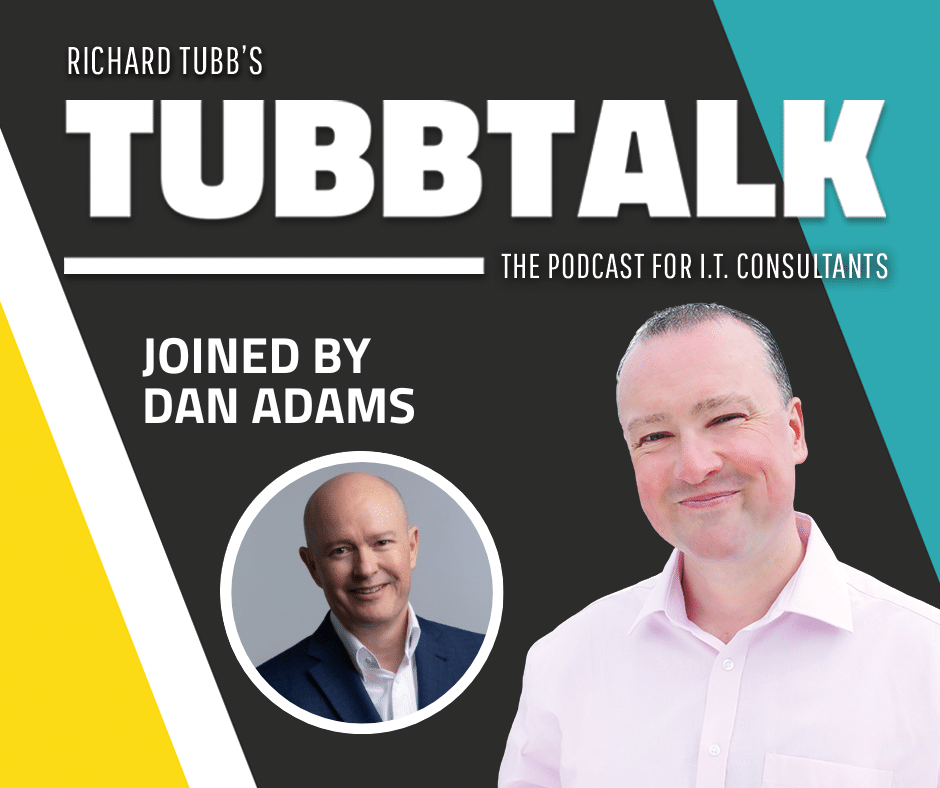
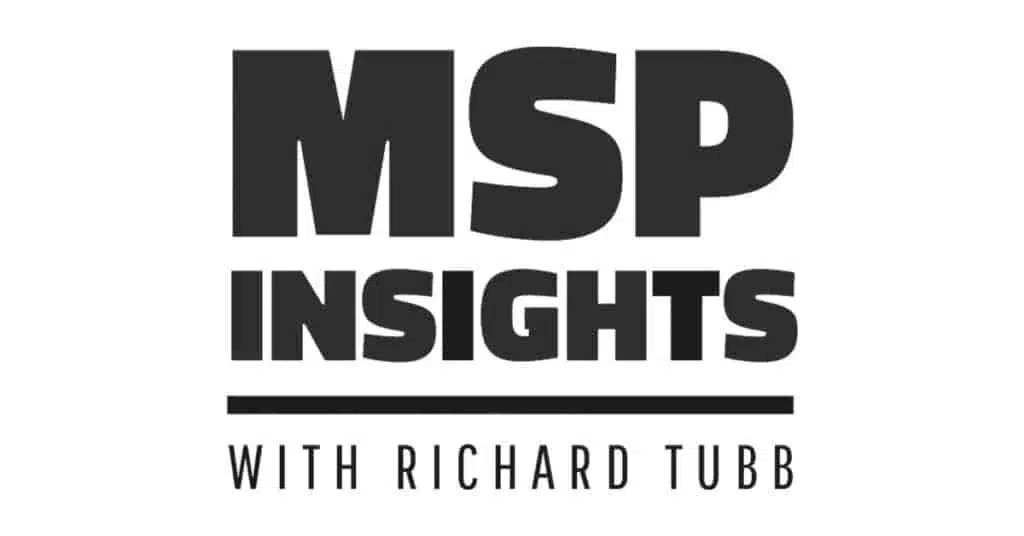
Comments